Musica Dispersa - Musica Dispersa (Reissue) (1970/2004)
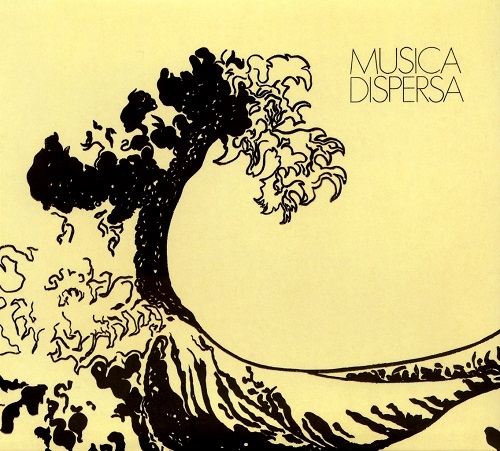
Artist: Musica Dispersa
Title: Musica Dispersa
Year Of Release: 1970/2004
Label: DiscMedi Blau
Genre: Folk RockExperimental Rock, Psychedelic
Quality: Mp3 320 / Flac (image, .cue, log)
Total Time: 33:43
Total Size: 97/223 Mb (scans)
WebSite: Album Preview
Title: Musica Dispersa
Year Of Release: 1970/2004
Label: DiscMedi Blau
Genre: Folk RockExperimental Rock, Psychedelic
Quality: Mp3 320 / Flac (image, .cue, log)
Total Time: 33:43
Total Size: 97/223 Mb (scans)
WebSite: Album Preview

Tracklist:
01. Hanillo 04:07
02. Cromo 00:54
03. Swani 02:27
04. Gilda 04:57
05. Rabel 02:00
06. Eco 02:47
07. Cefalea 04:54
08. Arcano 05:28
09. Fluido 05:35
10. Citara 00:30
Line-up::
Selene — vocals, piano, flute, bongos
Jaume Sisa — vocals, guitar, percussion
Jose Manuel Brabo “Cachas” — vocals, guitar, mandoline, flute
Albert Batiste — drums, bass, harmonica, organ, vocals
Jose Maria Vilaseca “Tapiolas” — drums
JShort-lived Catalan folk psychedelic band. They released one only album before split, their influential eponymous record from 1970.
A really unique and groundbreaking album, of which it is hard to find something, earlier or later, that sounds similar. Thinking about how to define it and the sensation that it could produce in criticism and the little audience to which, unfortunately, it has come, the reaction to that star dish of Ferran Adrià's modern design kitchen, the deconstructed potato omelette, comes to mind. or tortilla of the 21st century.
Before this recipe, one has read and heard everything: the conclusion is that, in the end, you do not know very well if it is a genius, an extravagance (or both at the same time) or, even for those less subtle , if it is directly a tease.
But this happens when one is told, those who try it, apart from conceptual debates that do not go anywhere, the only thing they comment is that the dish, without more, knows very well, but very well.
With "Scattered Music" (Diábolo, 1970) something similar can happen. One can stay somewhat surprised or disoriented if they tell you that some musicians have recorded an acoustic record, which is part of the most traditional (folk is musical, as the omelette is to popular cuisine) to create something new where the voices are a kind of deconstruction of the author's song. Where they are limited to emit abstract sounds, either in the form of murmurs, or onomatopoeic, on acoustic arrangements (guitar, mandolin, swannie, bass, piano, flute, bongos, percussion, xiulet-whistle), all accompanied of ethnic sounds of Arabic inspiration, or directly from disturbing noises.
Are we facing a great work or an extravagant nonsense without the slightest sense? Listening to it, we soon see that it is neither more nor less than an interesting collection of poetic compositions, hypnotic and sometimes harmonious, disturbing and noisy others, but almost always brilliant, in which musicians are able to transmit sensations and messages without needing to express them with words.
It begins with "Dialogue", a few vocal games, murmurs and carrasperas meaningless with which they make it clear that they are not disposed to catch anyone by surprise, but rather they prepare us for what we are going to listen from now on. The musicians will be linking a theme of a more melodic nature with a more rude and extravagant type.
Thus, in "Hanillo", the vocal harmonies are very melodic, and the result is a song as beautiful as hypnotic, with the participation of guitars, flutes and the swannie of Jaume Sisa.
It is followed by "Cromo", a rather disturbing theme despite its festive, almost comical tone, between rhythm & blues and the most cabaret ragtime, with a very original touch brought by the sounds of xiulet (whistle).
Equally noisy are other compositions, such as "Gilda", a folk theme of Arabic cut, and "Arcano", the most psychedelic and shrill song on the album.
The counterpoint is "Swani", a classic song, very jazzy, with guitar and piano sounds that, together with the harmonica and the voices, give it a very romantic and oneiric touch. Without a doubt, one of the most beautiful of the disc. The same will happen with "Rabel", another very classic and quiet theme.
In between are songs like "Eco", of hippie influence, which reminds us of the sounds of the American West Coast, passing through Bob Dylan, as well as "Headache".
In short, once heard, it is an album that, while being extravagant and avant-garde, is not in any way nonsense, nonsense or, of course, a tease. But although at the other extreme there is an opinion to the contrary, it is not a masterpiece either. A very remarkable, interesting and original work, with melodies of great beauty and harmony and moments of great brilliance, that you have to listen to yourself, without letting yourself be guided by what you are told, nor by the prejudices for or against that you can have.
The cover was elaborated by Selene, component of the group, being based on "The Great Wave of Kanagawa", of Katsushika Hokusai. (google)
A really unique and groundbreaking album, of which it is hard to find something, earlier or later, that sounds similar. Thinking about how to define it and the sensation that it could produce in criticism and the little audience to which, unfortunately, it has come, the reaction to that star dish of Ferran Adrià's modern design kitchen, the deconstructed potato omelette, comes to mind. or tortilla of the 21st century.
Before this recipe, one has read and heard everything: the conclusion is that, in the end, you do not know very well if it is a genius, an extravagance (or both at the same time) or, even for those less subtle , if it is directly a tease.
But this happens when one is told, those who try it, apart from conceptual debates that do not go anywhere, the only thing they comment is that the dish, without more, knows very well, but very well.
With "Scattered Music" (Diábolo, 1970) something similar can happen. One can stay somewhat surprised or disoriented if they tell you that some musicians have recorded an acoustic record, which is part of the most traditional (folk is musical, as the omelette is to popular cuisine) to create something new where the voices are a kind of deconstruction of the author's song. Where they are limited to emit abstract sounds, either in the form of murmurs, or onomatopoeic, on acoustic arrangements (guitar, mandolin, swannie, bass, piano, flute, bongos, percussion, xiulet-whistle), all accompanied of ethnic sounds of Arabic inspiration, or directly from disturbing noises.
Are we facing a great work or an extravagant nonsense without the slightest sense? Listening to it, we soon see that it is neither more nor less than an interesting collection of poetic compositions, hypnotic and sometimes harmonious, disturbing and noisy others, but almost always brilliant, in which musicians are able to transmit sensations and messages without needing to express them with words.
It begins with "Dialogue", a few vocal games, murmurs and carrasperas meaningless with which they make it clear that they are not disposed to catch anyone by surprise, but rather they prepare us for what we are going to listen from now on. The musicians will be linking a theme of a more melodic nature with a more rude and extravagant type.
Thus, in "Hanillo", the vocal harmonies are very melodic, and the result is a song as beautiful as hypnotic, with the participation of guitars, flutes and the swannie of Jaume Sisa.
It is followed by "Cromo", a rather disturbing theme despite its festive, almost comical tone, between rhythm & blues and the most cabaret ragtime, with a very original touch brought by the sounds of xiulet (whistle).
Equally noisy are other compositions, such as "Gilda", a folk theme of Arabic cut, and "Arcano", the most psychedelic and shrill song on the album.
The counterpoint is "Swani", a classic song, very jazzy, with guitar and piano sounds that, together with the harmonica and the voices, give it a very romantic and oneiric touch. Without a doubt, one of the most beautiful of the disc. The same will happen with "Rabel", another very classic and quiet theme.
In between are songs like "Eco", of hippie influence, which reminds us of the sounds of the American West Coast, passing through Bob Dylan, as well as "Headache".
In short, once heard, it is an album that, while being extravagant and avant-garde, is not in any way nonsense, nonsense or, of course, a tease. But although at the other extreme there is an opinion to the contrary, it is not a masterpiece either. A very remarkable, interesting and original work, with melodies of great beauty and harmony and moments of great brilliance, that you have to listen to yourself, without letting yourself be guided by what you are told, nor by the prejudices for or against that you can have.
The cover was elaborated by Selene, component of the group, being based on "The Great Wave of Kanagawa", of Katsushika Hokusai. (google)
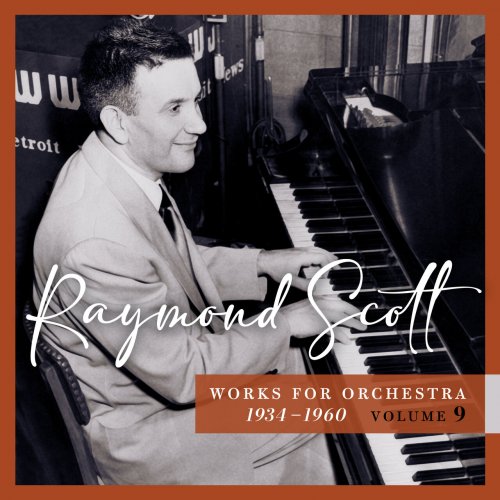
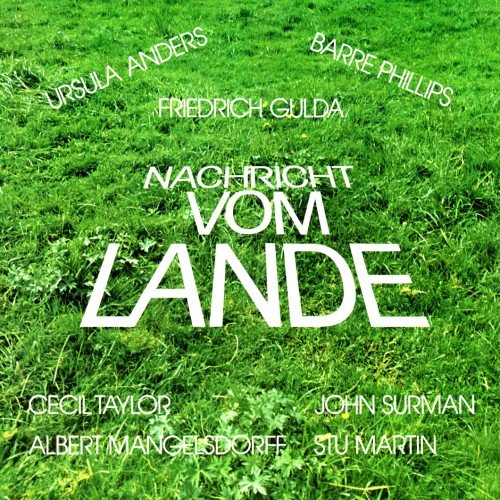
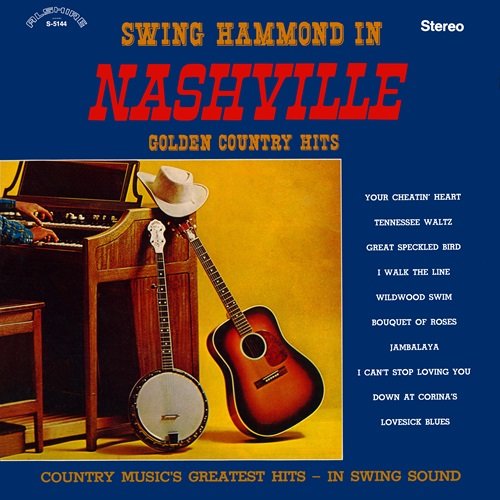
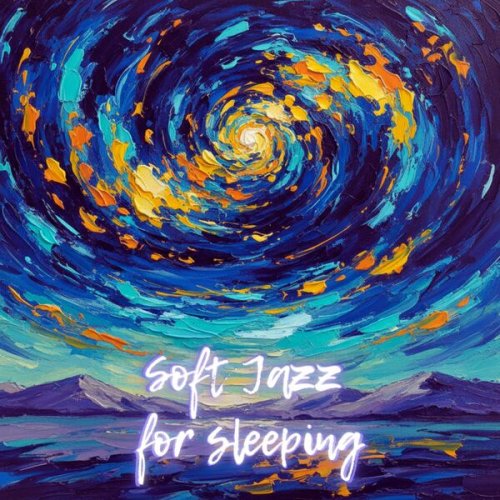
![Manny Albam and His Jazz Greats - Play Music from West Side Story (Remastered Edition) (2025) [Hi-Res] Manny Albam and His Jazz Greats - Play Music from West Side Story (Remastered Edition) (2025) [Hi-Res]](https://www.dibpic.com/uploads/posts/2026-01/1767257208_maws500.jpg)
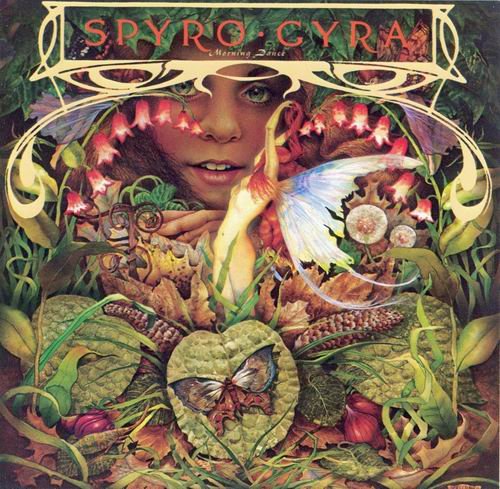
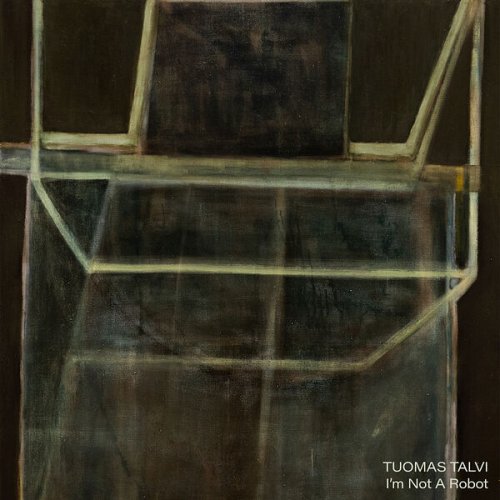
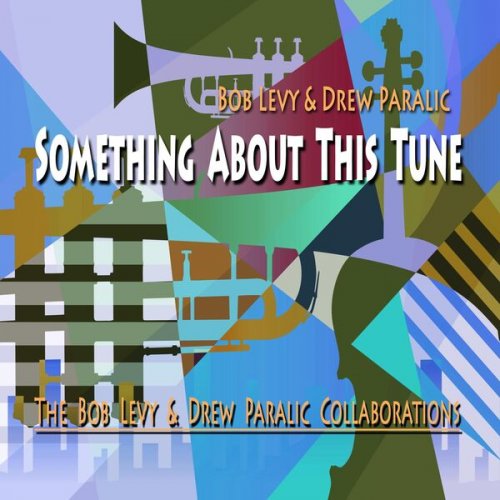
![Toc - Quelques idées d’un vert incolore dorment furieusement (2025) [Hi-Res] Toc - Quelques idées d’un vert incolore dorment furieusement (2025) [Hi-Res]](https://img.israbox.com/img/2026-01/03/2p7a6y1mdz29most6p7irqo6y.jpg)